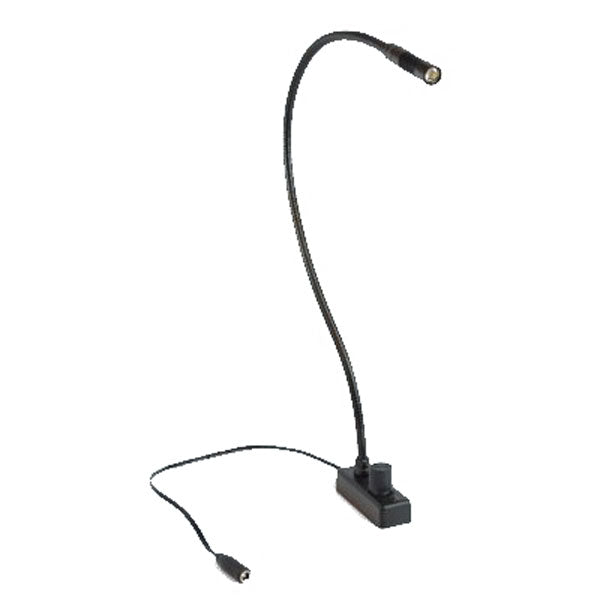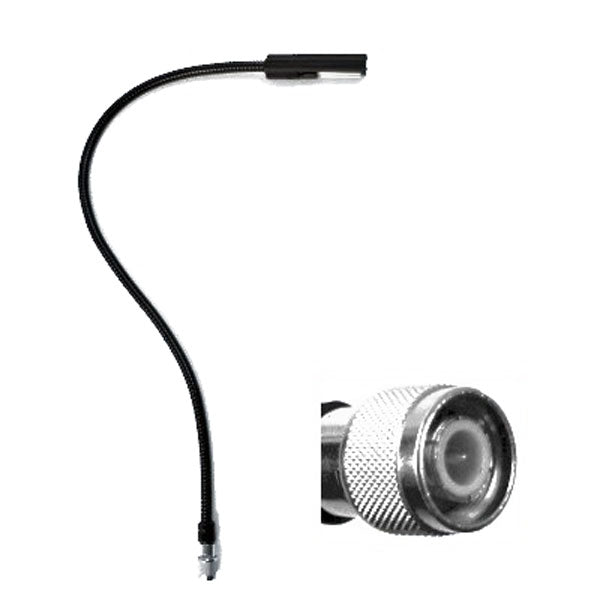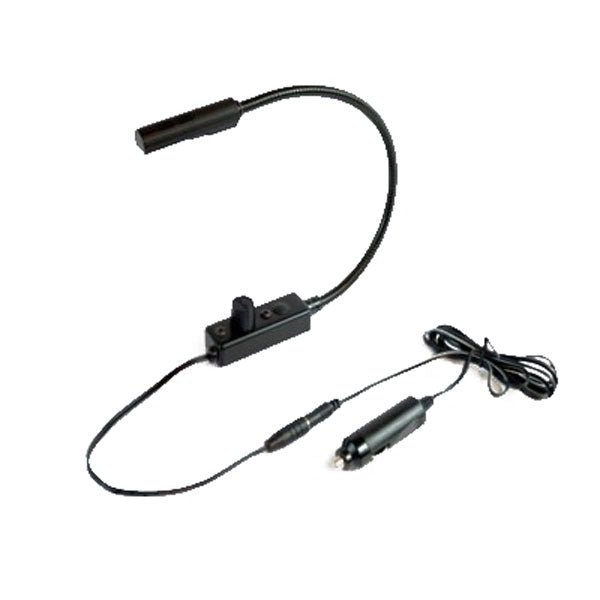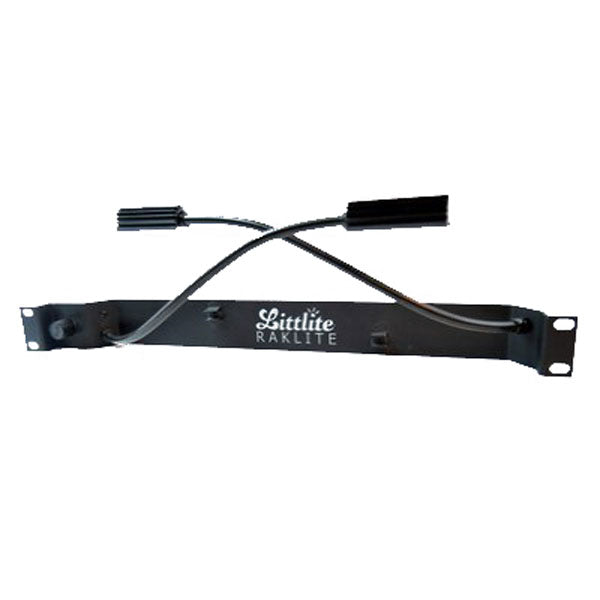Littlite
Recently viewed

About Littlite
Littlite... the name is synonymous with high-quality gooseneck task lights. For over thirty years we have been producing, refining and improving our task light system to meet the needs of users all over the world.
Originally known as "Custom Audio Electronics", CAE was formed in 1971 by Jim Fackert, a lighting industry icon, who ran the operation from the basement of his country home near Ypsilanti, Michigan. As suggested by the name, Fackert's first CAE project was audio, rather than lighting, related; he built a sound system for Emerson, Lake & Palmer. The system's mixing console, designed by Fackert, was revolutionary in that it was the first touring console to offer stereo submasters and three-band equalization.
Lighting companies were in their infancy at the time and it was rare for touring groups to use anything other than follow spots. CAE, who had developed a good reputation doing custom audio work for production companies, was eventually asked by a client to modify some theatrical lighting equipment by adding features like bump buttons and chasers.
Soon after, the company began to design its own RainboTM consoles, the industry's first lighting desks explicitly designed for touring. CAE later decided that there was a need for an all-inclusive, easily-portable touring console with submasters, and the LP-1000, the original Leprecon, was the result.
In its early years, when CAE would modify theatrical lighting consoles, Fackert often added work lights. Because the work lights available at that time were either too bulky or fragile, CAE designed its own. As people saw the new lamps on the Leprecon consoles, interest escalated to the point that the Littlite division was born. Today, the simple-yet-elegant Littlites have become the standard worklamps of numerous industries, and are found around the globe in film and television studios, radio stations, dance clubs, live venues, emergency vehicles, medical and assembly equipment, and everywhere else task lamps are needed.













